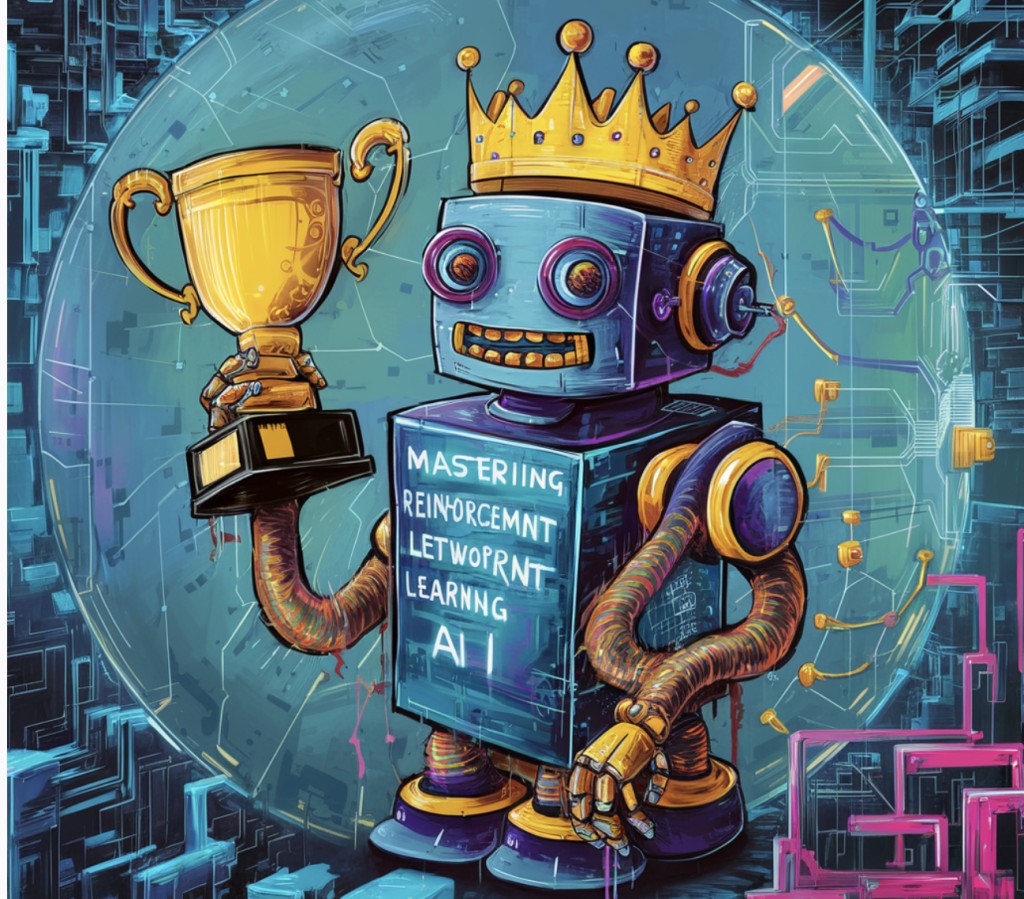Artificial Intelligence (AI) has traditionally been driven by statistical learning methods that excel in identifying patterns from large datasets. These methods, however, predominantly capture correlations rather than causations. This distinction is crucial, as correlation does not imply causation. Causal AI emerges as a groundbreaking approach aiming to understand the “why†behind the data, enabling more robust decision-making processes. Let’s explore the fundamentals of causality in AI, differentiate causal AI from traditional correlation-based methods, and highlight its applications and significance.
What is Causal AI?
Causal AI integrates causal inference into AI algorithms to model and reason about the world regarding cause-and-effect relationships. Unlike traditional AI, which relies on correlations found in historical data, causal AI seeks to understand the underlying mechanisms that produce these data.
Key Points:
Causal Inference: The process of determining causality, typically using statistical data to infer the impact of one variable on another.
Causal Models: These models simulate potential interventions and their outcomes, helping to predict the effects of changes in input variables.
Difference Between Correlation and Causation
Correlation: Indicates a relationship where two variables move in sync, but it doesn’t establish that one variable influences or causes the other to occur.
Causation: Refers to a scenario where one variable directly affects another.
This table demonstrates how correlation might suggest a misleading relationship without an underlying direct effect, unlike causation, which clearly defines one.
Causal Inference in AI
Causal inference is AI’s methodology to deduce which relationships in the observed data can be described as causal. This is crucial in scenarios where decisions need to be based on predictions of outcomes from specific actions.
Applications:
Healthcare: Determining the effect of a new treatment on patient outcomes.
Economics: Understanding the impact of policy changes on the economy.
Causality in Decision-Making Systems
Causality in decision-making systems enables more accurate predictions and smarter decisions in complex environments.
Examples:
Autonomous Vehicles: Causal AI can help understand and predict the outcomes of various actions (like sudden braking or acceleration).
Business Strategy: Companies use causal models to predict the outcomes of strategic decisions, such as changes in pricing.
Importance of Causal Reasoning in AI
Causal reasoning allows AI systems to predict outcomes and understand and manage new scenarios through generalization and adaptability.
Benefits:
Robustness and Generalization: Causal models are less likely to be misled by spurious correlations in training data.
Ethical AI: Enables developing AI systems that make decisions transparently and justifiably.
Challenges in Causal AI
While promising, causal AI faces significant challenges:
Data Limitations: Accurate causal inference requires high-quality data that may not always be available.
Complexity of Causal Models: These models are often more complex and computationally intensive than correlation-based models.
Conclusion
Causal AI represents a significant step forward in the evolution of artificial intelligence. By bridging the gap between correlation and causation, causal AI enhances the ability of systems to make predictions and empowers them to understand the mechanisms behind these predictions. This capability is vital in healthcare, economics, and autonomous systems, where understanding the cause-and-effect relationship can lead to better outcomes and more ethical decision-making. As the technology advances, the adoption of causal AI is expected to grow, bringing more sophisticated and reliable AI-driven solutions across various sectors.
The post Understanding Causal AI: Bridging the Gap Between Correlation and Causation appeared first on MarkTechPost.
Source: Read MoreÂ

